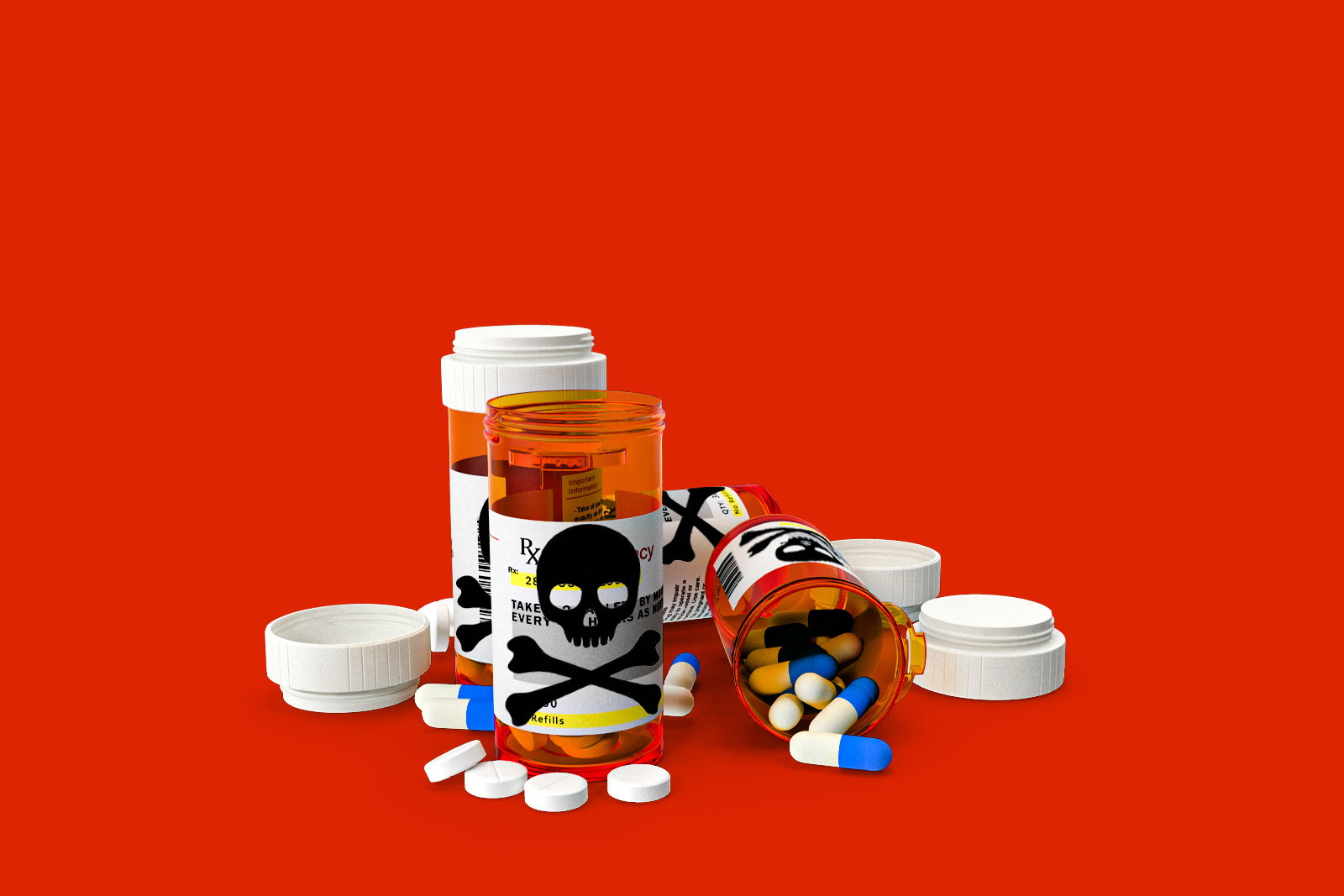
Health
The Looming Challenge of ‘Fake’ Pharmaceuticals
From causing unnecessary fatalities to draining healthcare resources, counterfeit pharmaceuticals represent a mounting global crisis.
The United Nations’ Sustainable Development Goal 3 (SDG3) strives to ensure that people of all ages, regardless of geography, lead healthy lives. This goal complements the Universal Declaration of Human Rights, which enshrines the right to health and well-being. Together, they emphasize that access to high-quality medical care is fundamental to achieving global health objectives. Unfortunately, in addition to challenges related to access, an even more sinister issue is taking hold: fake or substandard medicines.
According to the World Health Organization, as many as one in 10 medical products in low and middle-income countries are potentially counterfeit or substandard. These fraudulent products contribute to hundreds of thousands of preventable deaths each year, with an estimated 500,000 fatalities in sub-Saharan Africa alone.
The prevalence of counterfeit medicines in Africa and other disadvantaged regions highlights that it is often the world’s poorest populations that bear the brunt of this illegal trade. However, the problem extends far beyond the borders of low-income nations, as counterfeit pharmaceuticals have become a worldwide menace, demanding a global response.
The Organisation for Economic Co-operation and Development (OECD) has identified China and India as the primary sources of counterfeit drug production, with the United Arab Emirates, Singapore, and Hong Kong acting as key transit countries. Recent studies in Africa reveal that over 20% of the tested medicines on the continent are counterfeit or substandard.
Beyond the devastating human toll, counterfeit pharmaceuticals complicate medical treatments and place enormous financial burdens on already overstretched healthcare systems, costing millions of dollars each year. Among the most commonly counterfeited or substandard drugs are antimalarials and antibiotics. Malaria alone takes the lives of more than 600,000 people annually, and the spread of counterfeit antimalarials only exacerbates this crisis. Similarly, poor-quality antibiotics are a significant driver of antimicrobial resistance (AMR), a growing global health threat responsible for an estimated five million deaths annually.
Multiple factors contribute to the growing trade in fake or substandard pharmaceuticals. According to the OECD, the profitability of the trade, coupled with a low risk of detection and prosecution and weak penalties, creates an environment in which counterfeit drug operations thrive. Compounding this, a general lack of awareness among the public, coupled with unaffordable healthcare and the ease of obtaining medicines without prescriptions, pushes many vulnerable individuals into the arms of counterfeit drug sellers.
In response, there have been concerted efforts at the international level to combat the spread of counterfeit medicines. Over the last decade, organizations such as INTERPOL and the World Health Organization have introduced measures to address the issue. The WHO has prioritized strengthening surveillance and monitoring systems, improving detection capabilities in countries, and increasing public awareness. Regional initiatives, such as the African Union’s African Medicines Regulatory Harmonization (AMRH) program, have also made strides in enhancing collaboration between key stakeholders to combat counterfeit drugs.
Research into the governance of health systems highlights the importance of strong regulatory capacity—the ability of governments to implement and enforce regulations effectively. Without this, even the most well-crafted policies may fall short. For nations central to the counterfeit drug trade, such as China, India, and others, addressing gaps in regulatory capacity is a crucial step in the fight against fake medicines.
Several targeted interventions could prove effective in curbing this trade. For example, the serialization of medicines, which involves printing QR codes on medicine strips or bottles to allow users to verify authenticity, has been trialed in various countries. However, it is not yet widely mandated. Such measures offer a relatively inexpensive way to verify the authenticity of both individual medicines and the broader supply chain.
Implementing these technical solutions would also necessitate robust public awareness campaigns. Health agencies must take the lead in informing the public about the importance of verifying medicines and the dangers of counterfeit pharmaceuticals. Awareness campaigns have been instrumental in addressing other pressing public health issues, such as tuberculosis control and vaccination drives. Similarly, a concerted push by national health agencies to educate the public on avoiding counterfeit medicines is urgently needed.
Ultimately, tackling the global counterfeit pharmaceutical trade requires a multifaceted and coordinated approach. Public awareness campaigns led by national health agencies must be at the forefront of this effort. By educating consumers, strengthening regulatory frameworks, and enhancing international cooperation, the world can take meaningful steps toward eradicating fake medicines and protecting vulnerable populations from their devastating effects.

